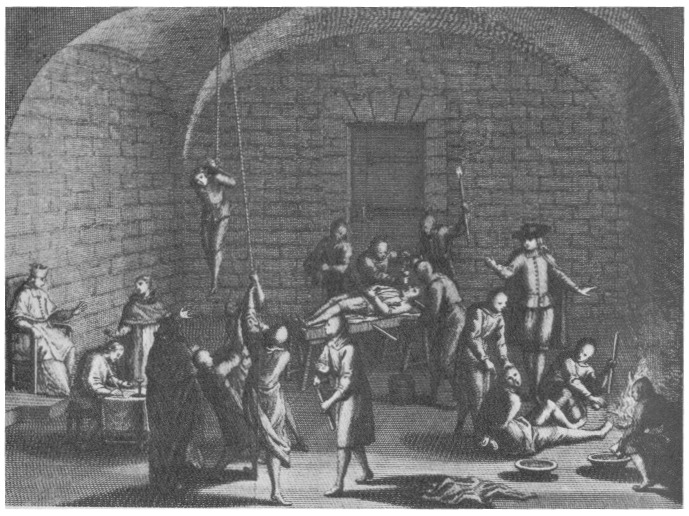Galileo Galilei
was an Italian physicist, mathematician, astronomer and philosopher who played a major role in the Scientific Revolution. His achievements include improvements to the telescope and consequent astronomical observations, and support for Copernicanism.
Galileo, perhaps more than any other single person, was responsible for the birth of modern science.
He evidences the heliocentric view of Copernicus and disproves the old conception of geocentric view of Ptolemy with the earth in the middle of the universe.
This causes a conflict with the Catholic Church banning the distribution of his heretical teachings – his publications are put into the “index” (the register of prohibited books, valid until 1966 (!), putting the holding and reading of them under death penalty (!) originally, later under banishment).
The downfall of the old view worries the leaders of church and politics, because of the possibility of a change in the entire society. After a inner-church controversy, Galilei is arrested and asked for withdraw his conception. Because of threat of torture by the inquisition, he finally withdraws, against the opinion of his friends and collaborators.
The inquisition blustering from its beginning in the thirteenth century until its disappearance at the end of eighteenth century (!), was basically an instrument of the Roman Catholic Church for investigation, conversion or condemnation of the so called heretics (today we would say “dissidents” or simply “different-minded”). For this was developed a specific form of court procedure, the procedure of inquisition.

Inquisition torture chamber, Bernard Picard from 1716
from: Mémoires historiques pour servir à l'histoire des Inquisitions, Cologne
from Louis-Ellies Dupries
In contrast to that what many think today, the inquisition is not a “medieval” phenomenon, it has its major expansion and brutality exactly in the Modern Age (from Renaissance up to the French Revolution in the eighteenth century).
The inquisition spread as a cruel system of oppression in almost all countries of Europe: In Germany, Austria, France, Italy, in the east countries of Europe (Czech, Poland), Spain, Portugal and especially in Rome (Vatican). Not in England …
The inquisition lived on the expropriation
It’s beyond controversy that without the expropriation of patrimony and possession the inquisition would have diminished its cruel self-dynamic. We can belief that without expectation of benefits coming from monetary penalties and expropriations the work of the inquisitors would have been much less efficient when the beginning fanaticism diminished. Only when greed joined fanaticism, started that not decreasing and pitiless prosecution during many centuries.
Still in the second half of the seventeenth century, when almost one million human beings, mostly women, fell prey to witch trials, the bishop of Bamberg had burnt on the stake 600 women, the archbishop of Salzburg 97 women, the bishop Philipp Adolf of Ehrenberg of Würburg 219 “witches” and “magicians”, beyond them 18 schoolboys, one blind girl, a nine-year-old girl and her little sister, too.
The archbishop Johann of Trier had burnt in the second half of the sixteenth century so many “witches” that two villages were left with only two living women.
The dean of Mainz had burnt in two villages more than 300 human beings, only to get their properties. The orgy of extermination of the “witches” became even worse because of prices for each “witch” condemned to death that received the judges and inquisitors. So came up the saying that the easiest and most speedy way to get money and to get rich is to burn living “witches” on the stake.
The war of destruction of the popes and their inquisitors was unlimited in its brutality and sadistic cruelty.
Probably with all that more than three million human beings, especially women, were killed beastly.
Both Churches, the Catholic and the Protestant carry the monstrous and inextinguishable blame because of the demonization, prosecution and destruction of so many human beings.
We have to remember also the perverse creativity of torture, only to punish the “bad women” with diverse instruments.
The tortures of the women suspect of witchery
Frequently they stayed in cold, humid and dark underground prisons during years, full of rats, insects, worms and other terrible bugs.
The younger women were exposed to constant rapes by the clergymen (priests, bishops etc.).
Many were bonded on heavy wood crosses or forged on the walls, were hanged in the witch tower dieing slowly by hunger and thirst etc.
The torture is almost unimaginable what each “witch” received by the “religion of love”, how it’s called the Christian Religion.
Unfortunately my native city Bamberg was strongly involved with these cruelties and oppression of the inquisition.
In the second semester of 1617, only in the small village called Hallstadt were burnt 28 “witches”.
In 1749, in the year of birth of the famous German author Goethe (!), was burnt the last “witch” in Bamberg, a 71-year-old woman.
Based on:
Hans Wollschläger (*1935 Minden; †2007 Bamberg): Die Gegenwart einer Illusion. Reden gegen ein Monstrum; 1978
Karlheinz Deschner (*1924 Bamberg), German author and critic of the Church and Religion: Abermals krähte der Hahn (1962) and the criminal story of Christianity in ten volumes.
Picture: By Bernard Picard [Public domain], via Wikimedia Commons
This image (or other media file) is in the public domain because its copyright has expired. This applies to Australia, the European Union and those countries with a copyright term of life of the author plus 70 years.
This work has been identified as being free of known restrictions under copyright law, including all related and neighboring rights.You can copy, modify, distribute and perform the work, even for commercial purposes, all without asking permission.
ALL IMAGES AND SITE CONTENT © WOLFGANG HOCK